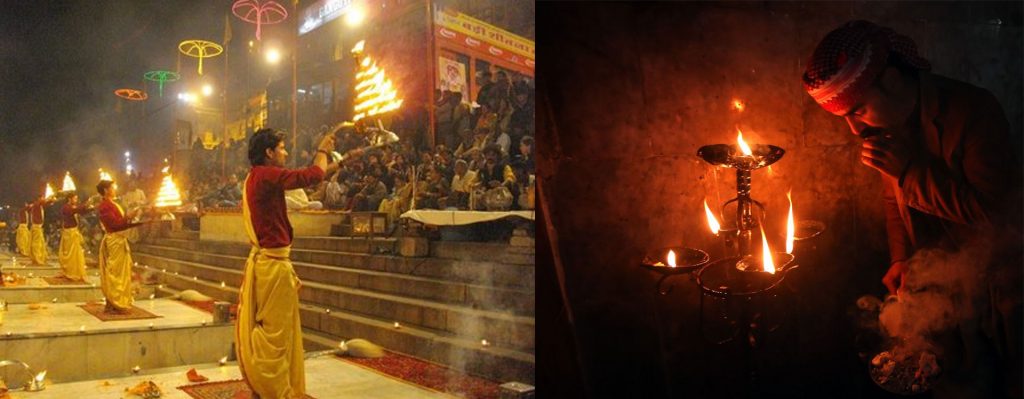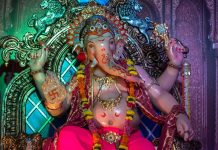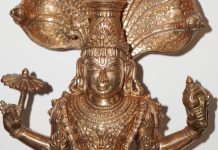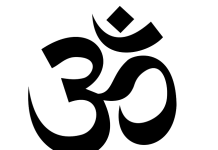
The Yazidis are Kurdish speakers living in Iraq, Syria, and Turkey. The brutal genocide against the Yezidis was a hotly debated topic until recently. Although their culture is in the spotlight due to religious persecution in Iraq, few realize its striking resemblance to Hindu culture.
The history of the two peoples has been closely intertwined since ancient times. As nomads, the Yezidis moved south to India and stayed in the region for approximately 2,000 years. During this period of semi-nomadic lifestyle, a mixture of cultures took place. Part of the Yezidis settled on the subcontinent, having lived here for more than 4000 years and adopting the traditions of Hinduism. This is probably the main reason for the commonality of the customs of the two peoples.
The following similarities between Yezidism and Hinduism can be noted:
Temples are the first distinguishing feature of culture. The wall paintings of Lalesh, the main shrine of the Yezidis, bear the imprint of Hinduism. There are also similarities in dress and rituals. There is even arati, a ritual of deity worship using fire.

The arati lamps used in Hinduism are similar to Yezidi oil lamps. There are two sacred lamps, sanjaks, which owe their origin to the arati ritual. According to legend, the creator initially gave each of the seven Yezidi angels a sanjak. Five of them have been lost, and only two have survived, which have become religious relics of the Yezidis. The offering of fire to the Almighty is present in both cultures.
The Hindu god Kartikeya, a descendant of Shiva, is depicted riding a peacock. The main deity of the Yezidis, Tavus Malak, is an angel in the form of a peacock. Both deities are known for some “mischief”, both conveyed to mankind through the word of God the ideas of peace and kindness. The association with the peacock enhances the similarity.
In addition to legends, there are common traditions in everyday life. One of them is the application of a sacred sign in the region of the third eye. Hindus put tilaka on the forehead, and Yezidis also put a mark between the eyebrows for religious purposes. This rite is performed in both Hindu and Yezidi temples.
One can note a significant similarity between the supreme gods of the two religions. In Hinduism, Shiva created his son Kartikey by the power of his energy. Tavus Malak was created by the godfather from a source of light.
The deities radiate the same aura and have a similar birth history.
Hindus believe in reincarnation. The idea of rebirth is not alien to the Yezidis. The concepts of life after death and reincarnation unite the two faiths.
Contrary to popular belief, Yezidism has more in common with Hinduism than with any other religion in the region. It is interesting to understand how two cultures, geographically distant from each other, turned out to have common historical roots.



























































